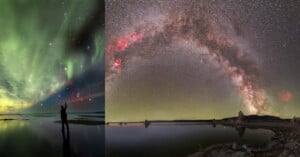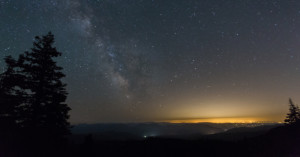
Bortle 1: The Best Skies in the World for Astrophotography
To reveal the real colors of the night skies, you need to find good dark skies. The best sky quality for astrophotography is found in locations classified as Bortle Class 1 on the Bortle scale, which measures night sky brightness.



























